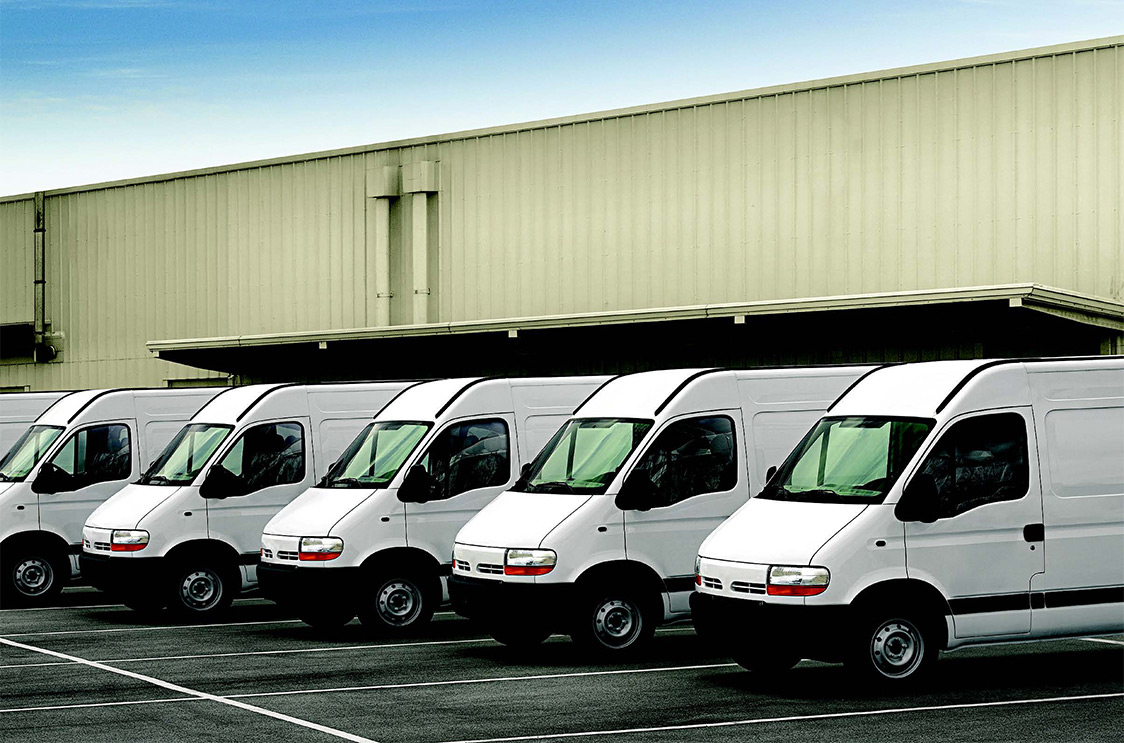
Advancements in 21st Century technology have made growing, sorting and picking crops massively faster, easier and more efficient.
For example, installing GPS technology on tractors has led to driverless tractors, allowing farmers to drive a perfect route—down to the inch—reducing overlap by 90 percent and saving time, resources and money.
Another example: Cambridge Consultants have developed a spray technology with the potential to reduce the use of chemicals in agriculture by more than 99 percent.
“ The ability to identify and selectively target weeds has the potential to significantly reduce the volume of herbicides and pesticides applied to all crops,” says Niall Mottram, head of agrifood product development at Cambridge Consultants. “By reducing the volume, we reduce the cost to the farmer. Secondly, there are some weeds that currently have to be identified by farming staff. If this technology can successfully identify these weeds automatically, it frees up staff for more productive activities.”
Ken VandeVrede, the COO of Edible Garden, notes tech has helped the company obtain useful data quickly and more efficiently, saving time and money.Â
“Automated systems, communication within the industry, and continued advancements help the greenhouse industry prosper,” he says. “Environmental Computer Software is one piece of tech that has helped significantly. This software allows us to monitor temperature, humidity, water, air quality, lighting levels and pretty much all aspects of growing, all leading to growing a more nutritious and sustainable crop.”
Many growers are still slow to adopt electronic record keeping. Some farmers shy away from using computers for what has traditionally been done by pen and paper, and some don’t always have time to learn a complicated system. That’s why Syngenta released its AgriEdge Excelsior program, a software package allowing growers to take the guesswork out of improving farm production, land value, farm stewardship and profitability.
“The Ag Connections Land db software provided through the program has made it a lot easier for growers to capture all information associated with a farm, tracking their inputs, mapping their fields, understanding profitability, etc.,” says Steve Gomme, AgriEdge national manager. “As more downstream suppliers seek more documentation of farming practices, AgriEdge Excelsior helps growers share their efforts in a concrete, easy to digest format, demonstrating transparency and providing their partners with the information they need.”
Woodside Electronics Corporation (WECO) uses rugged portable memory technology from Datakey to provide faster software updates on its customers’ electronic fruit and vegetable sorters. The rugged, portable memory system administers software updates easily and efficiently.Â
“We decided to use removable storage to easily administer software updates in the field,” says Don Cadwell, WECO’s director of engineering. “We looked at using USB flash drives and CompactFlash cards, but the environmental conditions proved challenging. Some locations face near freezing conditions, while others in the central valley of California deal with dust, dirt and temperatures topping 100 degrees. The Datakey solution was the only product available that we felt could survive the challenging environments in which our equipment is located.”
Wellntel, Inc. has designed a non-invasive sensor system that collects water level information from a well multiple times a day, showing it in simple graphs and charts on a private, personalized website and smartphone app.
“What we do is take a measurement every day, hour or minute, depending on someone’s needs, of where the water is in the well, which allows them to understand the supply side of their watering needs,” says Nicholas Hayes, co-founder of Wellntel. “Most farmers have long known how much water they use when they irrigate a crop but never really understood what the impact of their demand is on their supply. Over time, farmers can start to see the impact of their pumping, can see the impact of pressure changes, the changes to precipitation and seasonality.”
This enables farmers to make better decisions about how they irrigate moving forward, saving water in the long run.
Innovative agriculture technology helps farm businesses be more sustainable and have more control over their natural resource use and carbon footprint.Â
technology, innovation, entrepreneurship, business